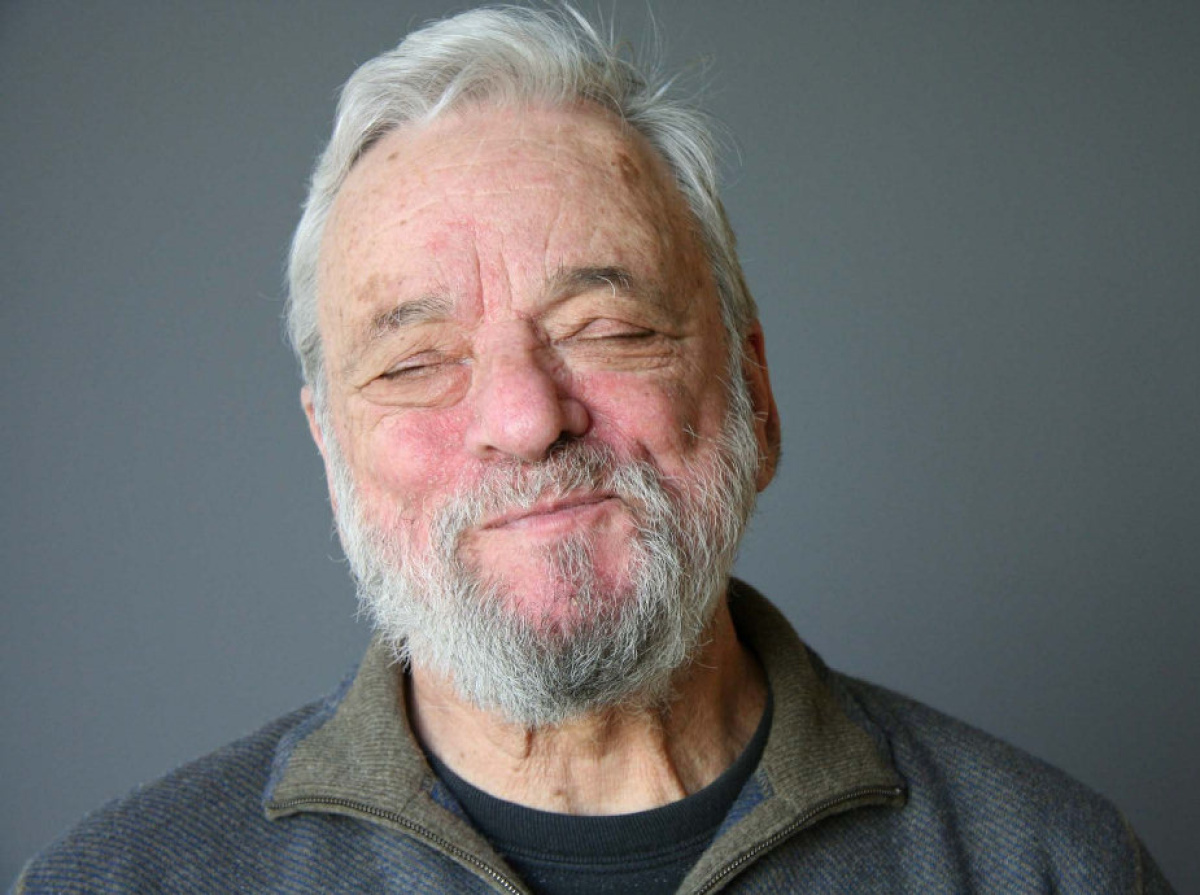Sondheim’s “Sweeney Todd”: Three Operatic Moments
Stephen Sondheim’s grisly 1979 musical thriller, Sweeney Todd: The Demon Barber of Fleet Street, tells a story of blood-soaked, all-consuming revenge which ends in self-annihilation. The action is set in 1845, amid the gloom and hellish alienation of rapidly industrializing Victorian London. The barber, Sweeney Todd, has returned to London from exile in Australia. He was sent there on false charges by the corrupt Judge Turpin, who with the help of Beadle Bamford, tormented and raped …



